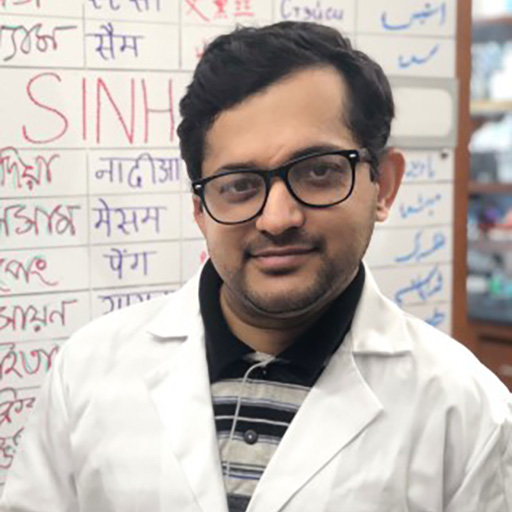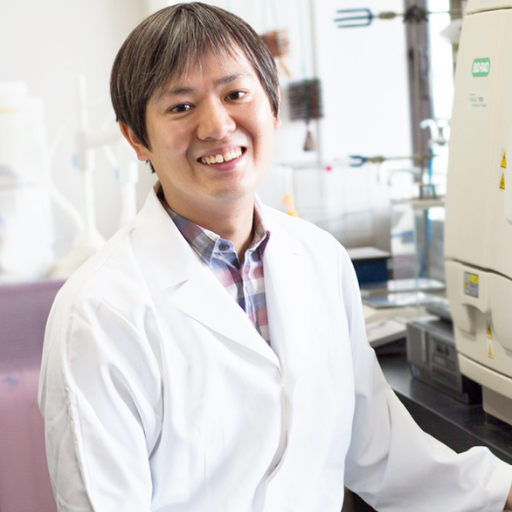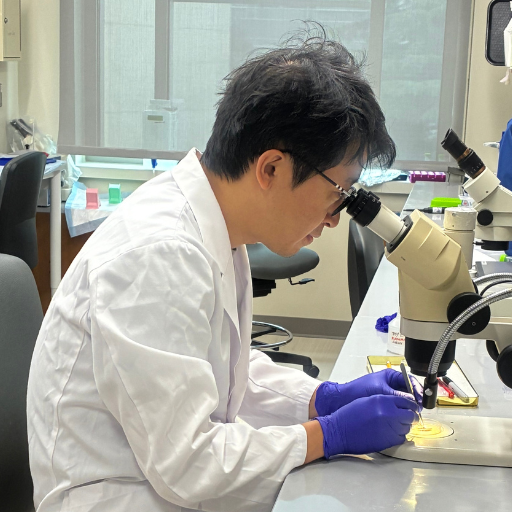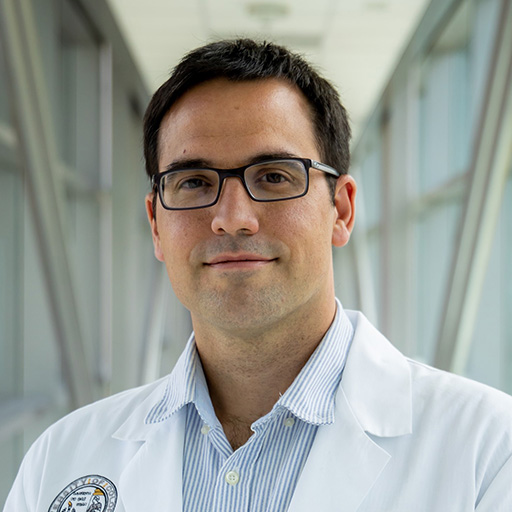Targeting the Body’s Natural Defense Mechanism as an Atrophic AMD Therapy

About the Research Project
Program
Award Type
Postdoctoral Fellowship
Award Amount
$200,000
Active Dates
July 01, 2021 - June 30, 2023
Grant ID
M2021005F
Goals
This project aims to delineate how the interaction between activated microglia and infiltrating neutrophils develops into chronic inflammation in the retina of atrophic AMD. Specific Aim 1: This aim will focus on understanding the molecular mechanisms underlying the development of retinal inflammation (elevated levels of pro-inflammatory cytokines, microglial activation, and neutrophil infiltration) at different ages in mice overexpressing Akt2 in RPE cells (Akt2 KI) compared to control and mice lacking Akt2 specifically in the RPE (Akt2 cKO). Specific Aim 2: This aim will utilize live-cell imaging and intravital microscopy to assess if interactions between microglia and neutrophils initiate the conversion from para- to chronic inflammation in the Akt2 KI mouse retina.
Summary
Age-related macular degeneration (AMD) is an expanding problem due to the aging population. There are two forms of AMD: the dry/atrophic and wet forms. While 90% of all AMD patients have the dry/atrophic form of AMD, no definitive prevention or treatment is available for this form of the disease. Inflammation, the body’s defense mechanism against pathogens and/or stress, is governed by the well-regulated function of immune cells; alterations in inflammation due to dysfunctional immune cells are associated with diseases. For example, microglia, immune cells of the retina, are well documented for their role in AMD. In addition, we have found that AMD develops because of the abnormal activity of a set of inflammatory white blood cells called neutrophils and that in animal models AMD can be stopped, and even reversed, by targeting these cells. This finding is notable as the main role of neutrophils is to help the body in its fight against infections, with no known role in the functioning of the retina. We also found a gene that regulates this abnormality in neutrophil function. In this proposal, using our genetically engineered mouse models, we aim to understand if that gene regulates retinal inflammation and degeneration as seen in AMD, through the interaction between infiltrating neutrophils and retinal microglia. Understanding these molecular changes may provide novel background for future drug discoveries for atrophic AMD.
Unique and Innovative
We have shown that Akt2 activation in the RPE drives retinal inflammation and degeneration in a mouse model and in human dry AMD. The study is innovative as; (i) We have generated two unique animal models (RPE-specific Best1-Akt2 KI mice overexpressing Akt2 and Akt2 cKO mice, lacking a functional Akt2 gene) to understand AMD-like inflammatory signaling cascades. (ii) For the first time we will evaluate (a) how Akt2 activation in the RPE triggers retinal inflammation and (b) how the dynamic interaction between infiltrating neutrophils and retinal microglia contributes to retinal degeneration.
Foreseeable Benefits
Atrophic/dry AMD is the leading cause of blindness in the elderly and is driven by multiple genetic and environmental factors, for which there are no definitive treatment options available at present. We believe that our work may provide novel background information for future drug development for combatting retinal inflammation and degeneration in dry AMD.
Related Grants
Macular Degeneration Research
How Aging of the Immune System Affects Age-Related Macular Degeneration
Active Dates
July 01, 2025 - June 30, 2028

Principal Investigator
Masayuki Hata, MD, PhD
Current Organization
Kyoto University
Macular Degeneration Research
Microglia’s Roles in AMD to Inform Therapies for Vision Loss Prevention
Active Dates
July 01, 2025 - June 30, 2027

Principal Investigator
Nobuhiko Shiraki, PhD
Current Organization
Duke University School of Medicine
Macular Degeneration Research
Exosomes and Autophagy: Suspicious Partners in Drusen Biogenesis and AMD
Active Dates
July 01, 2024 - June 30, 2027

Principal Investigator
Miguel Flores Bellver, PhD
Current Organization
University of Colorado Anschutz Medical Campus



